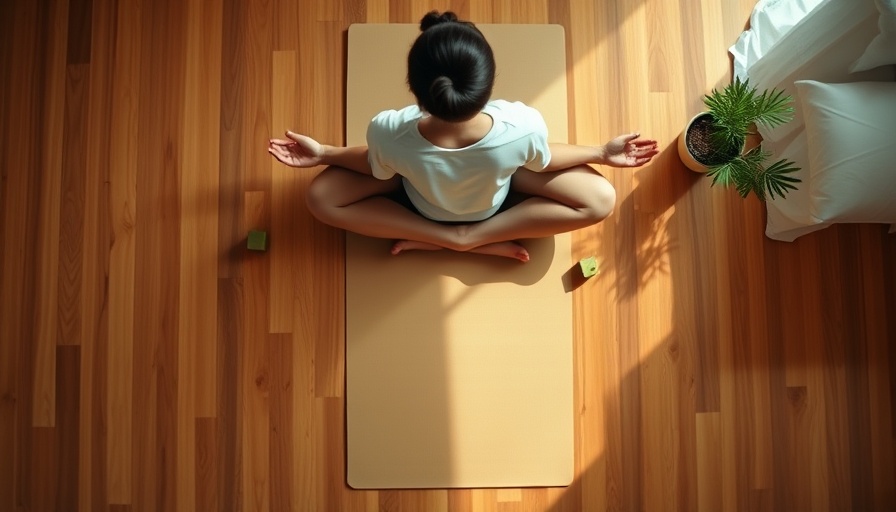
The Transformative Power of Mindfulness
Meditation isn't about emptying the mind; it's about cultivating awareness. Many adults juggle hectic schedules, and the idea of sitting in silence often feels daunting or even impractical. However, integrating mindfulness into your day-to-day routine doesn't have to be rigid or time-consuming. Whether it's a fleeting moment of deep breathing between meetings or a quiet reflection during commutes, small conscious pauses can significantly enhance overall well-being.
Dismantling Misconceptions: Understanding Meditation
One common belief is that meditation requires extensive training or that it is only for those with a lot of spare time. In reality, you don't need to sit in a cross-legged position chanting for hours. Meditation can take various forms, including guided sessions or simple breathing exercises that can be practiced in as little as five minutes. By dismantling these misconceptions, more people may find the courage to explore meditation as a realistic practice rather than an inaccessible retreat.
Small Changes, Big Impact: Everyday Mindfulness Practices
In the author's journey, he discovered that personal life didn't change drastically with meditation. Instead, it was about noticing the world around him with heightened sensitivity. Simple habits can be incorporated into your daily life to nurture mindfulness. Activities such as mindful eating, where one focuses solely on the meal without distraction or gutting a simple moment of stillness while washing dishes can foster a more present mindset. This gradual shift can lead to longer-term changes in our reactions to stress.
The Emotional Connection: Why Mindfulness Matters
As adults achieving personal well-being can feel isolating and exhausting. Bringing mindfulness practices into your life could lead to profound emotional stability. In a busy world fraught with distractions, learning to breathe deeply and observe thoughts without judgment fosters resilience. This emotional connection is not just about managing stress but about embracing life’s moments fully. The practice may help you focus on feelings without allowing exhaustion to take over.
Future Insights: Trends in Mindfulness and Well-being
The growing trend in workplaces is to incorporate mindfulness programs, as companies recognize the importance of employee well-being. Simple practices like guided meditation breaks or yoga sessions boost productivity and contribute to a healthier work environment. Understanding that mindfulness is integrated into business strategies indicates a societal shift towards prioritizing mental health and work-life balance.
Meditation and mindfulness are often perceived as esoteric concepts reserved for the spiritually enlightened. However, as more people experiment with these practices, the true value lies not in enlightenment but in the practical ability to navigate daily life with greater awareness and intention. It offers a refreshing approach to living in a fast-paced world, ultimately leading to healthier lifestyles.
Embracing the simplicity of mindfulness could open doors to a more vibrant life full of meaningful experiences. Today, I encourage you to take the first step - whether it's taking a few deep breaths, dedicating five minutes to a mindfulness practice, or simply observing your thoughts without judgment. Let these small actions accumulate into profound changes in your life.
 Add Row
Add Row  Add
Add 




Write A Comment